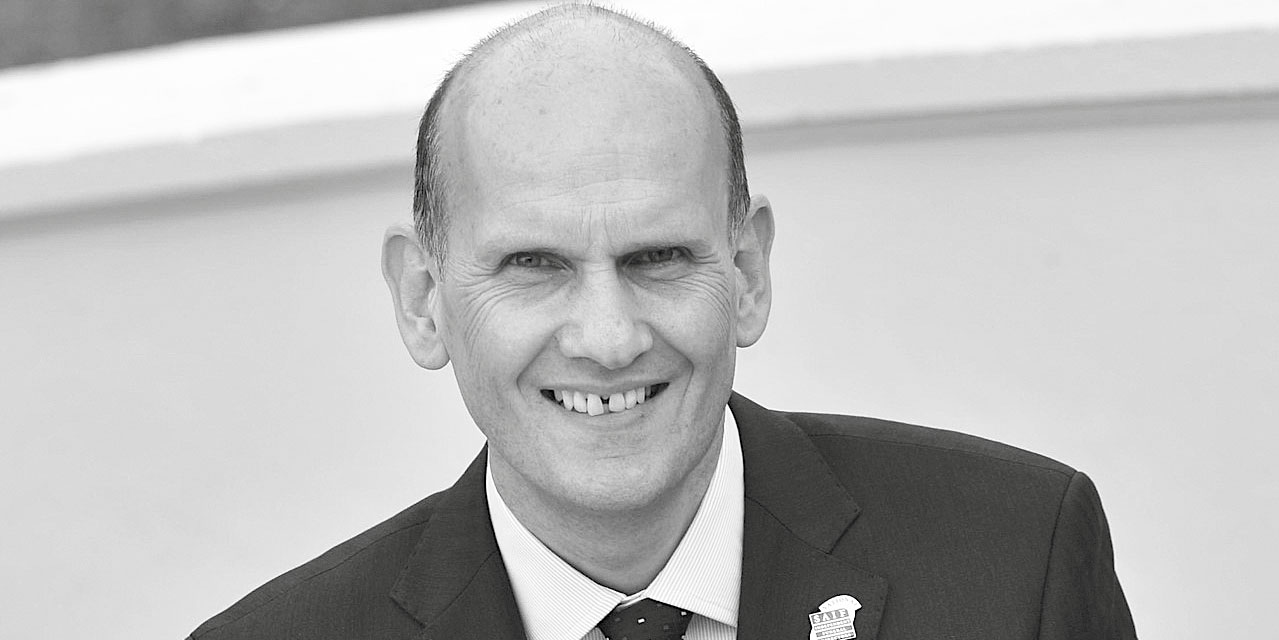SAIF response to Fuller Inquiry consultation

The primary responsibilities of a funeral director are, firstly, the care of the deceased should be provided in a professional, secure and dignified manner, and this is the expected outcome for a SAIF approved funeral director. Secondly, the care of the deceased’s relatives and friends.
SAIF takes professional quality and standards seriously, and that has led us to meet the international quality mark of ISO9001:2015 for the quality assurance management system (QMS) of SAIF’s members. SAIF has a quality assurance programme that is set apart and led by the Quality Assurance Committee chair, project manager, quality assurance manager and chief executive. The QMS has 12 QA Assessors who assess member firms over a periodic time frame, taking a risk-based approach.
In June 2023, SAIF’s Professional Standards Committee became an accredited alternative dispute resolution body by the Chartered Trading Standards Institute (CTSI). SAIF’s adjudicators seek to bring their expertise in order to protect consumers when funeral directors do not conform to the SAIF Code of Practice.
The SAIF Code of Practice – March 2022
This Code is based on the draft Scottish Government Code of Practice, which is due to be enacted in the near future.
Clause 3 of the Code cites the transfer of the deceased: “Staff will at all times behave in a respectful and dignified way towards those who are present”. Clause 3 mandates that the personnel, vehicles, and equipment are suitable for the transfer of the deceased in a dignified and caring manner. Furthermore, the deceased has an identity tag added to their wrist.
Guidance Notes to support the SAIF Code of Practice for Funeral Directors – Nov 2022
Clause 5.4 of the Code is expanded upon about the importance of the mortuary being strictly controlled, firstly, for security. Only authorised personnel are logged into the use of the mortuary. A fit for purpose mortuary space includes:
- Easily cleaned floors and wall coverings
- Two sinks in the mortuary room, one for washing hands, first aid box and eye wash
- Adequate ventilation (when embalming 10 air changes per hour)
- A sluice sink for the disposal of body fluids and blood
- Hygienic waste disposal contractor
The mortuary register is kept outside of the mortuary to avoid cross contamination.
Body Storage Review and Recommendations – Nov 2022
SAIF’s Mortuary Committee has developed a deceased passport document for each stage, from the transfer of the deceased into the funeral director’s care.
CCTV is encouraged for monitoring the entrance and exit of the mortuary. Access to CCTV footage is limited to the directors or partners of the business, and the recordings are deleted after a set time.
Other themes
Lone working policies, deceased storage recommendations, training and induction of mortuary staff are all pivotal in ensuring security and professionalism. Mark Horton, SAIF President, said: “Our call to action is that all funeral directors should be legally required to adhere to a recognised industry code of practice.”
Tags: Fuller Inquiry, legislation, regulation, SAIF, Terry Tennens